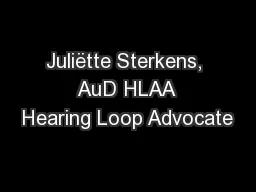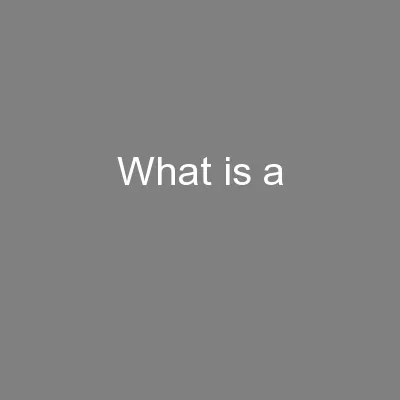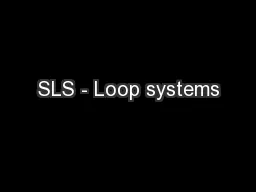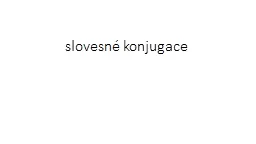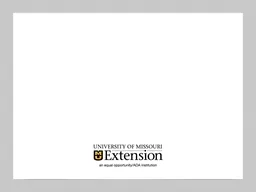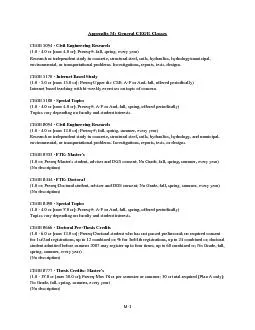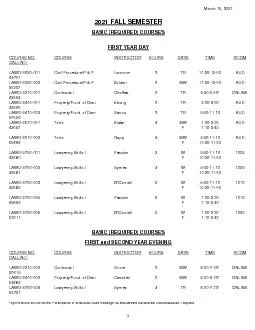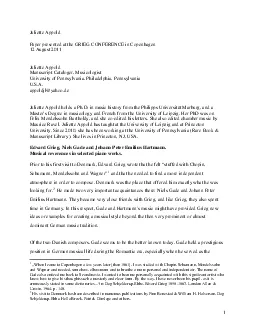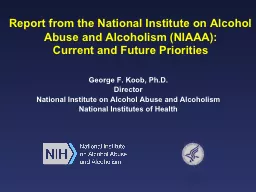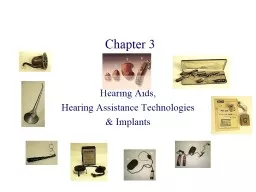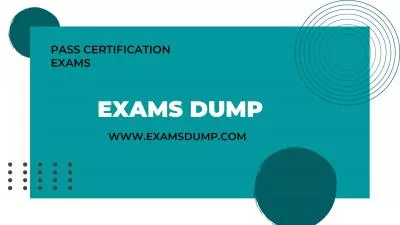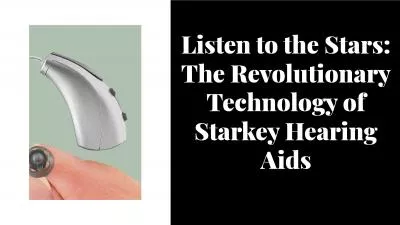PPT-Juliëtte Sterkens, AuD HLAA Hearing Loop Advocate
Author : marina-yarberry | Published Date : 2018-11-24
Lets Loop North Carolina The only reason to give a speech is to change the world John F Kennedy A cknowledgments Ed Ogiba Mary Dyer Cheri Perazzoli Cheryl Davis
Presentation Embed Code
Download Presentation
Download Presentation The PPT/PDF document "Juliëtte Sterkens, AuD HLAA Hearing Loo..." is the property of its rightful owner. Permission is granted to download and print the materials on this website for personal, non-commercial use only, and to display it on your personal computer provided you do not modify the materials and that you retain all copyright notices contained in the materials. By downloading content from our website, you accept the terms of this agreement.
Juliëtte Sterkens, AuD HLAA Hearing Loop Advocate: Transcript
Download Rules Of Document
"Juliëtte Sterkens, AuD HLAA Hearing Loop Advocate"The content belongs to its owner. You may download and print it for personal use, without modification, and keep all copyright notices. By downloading, you agree to these terms.
Related Documents

